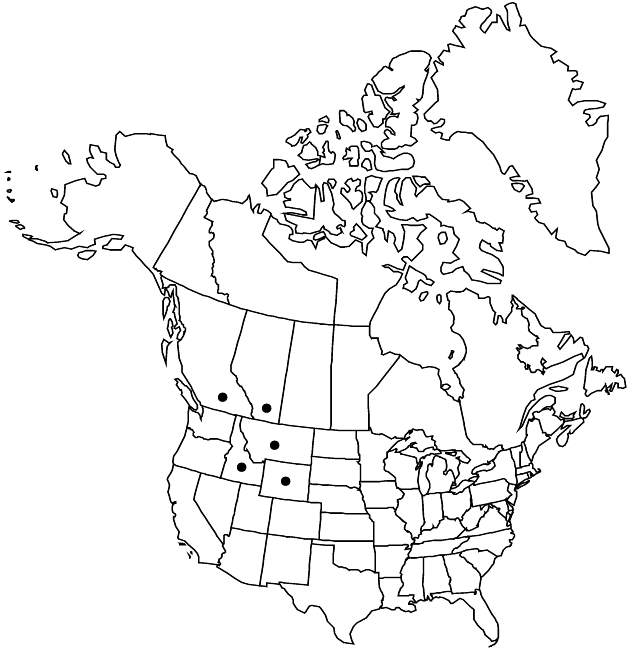Difference between revisions of "Senecio megacephalus"
Trans. Amer. Philos. Soc., n. s. 7: 410. 1841.
FNA>Volume Importer |
FNA>Volume Importer |
||
| Line 45: | Line 45: | ||
|publication year=1841 | |publication year=1841 | ||
|special status= | |special status= | ||
| − | |source xml=https://jpend@bitbucket.org/aafc-mbb/fna-data-curation.git/src/ | + | |source xml=https://jpend@bitbucket.org/aafc-mbb/fna-data-curation.git/src/f50eec43f223ca0e34566be0b046453a0960e173/coarse_grained_fna_xml/V19-20-21/V20_1220.xml |
|tribe=Asteraceae tribe Senecioneae | |tribe=Asteraceae tribe Senecioneae | ||
|genus=Senecio | |genus=Senecio | ||
Revision as of 20:24, 16 December 2019
Perennials, (15–)30–50 cm (rhizomes woody, suberect or creeping). Herbage loosely arachno-tomentose, unevenly glabrescent. Stems single or clustered. Leaves progressively reduced distally; weakly petiolate; blades lanceolate to narrowly oblanceolate, 10–18+ × 1–2(–3+) cm, bases tapered, margins entire or wavy (often with dark, cartilaginous denticles; mid leaves similar, smaller, sessile; distal leaves bractlike). Heads usually 1 (sometimes subtended by 1–2 smaller heads). Calyculi of 5–8+ linear to filiform bractlets (lengths 1/2–7/8+ phyllaries). Phyllaries ± 21, 9–12(–14) mm, tips not notably blackened (short-hairy). Ray florets ± 13; corolla laminae (5–)15–20 mm. Cypselae glabrous. 2n = 40.
Phenology: Flowering summer.
Habitat: Rocky, moist or drying sites, especially on mountain slopes
Elevation: 1500–2500 m
Distribution

Alta., B.C., Idaho, Mont., Wyo.
Discussion
Selected References
None.